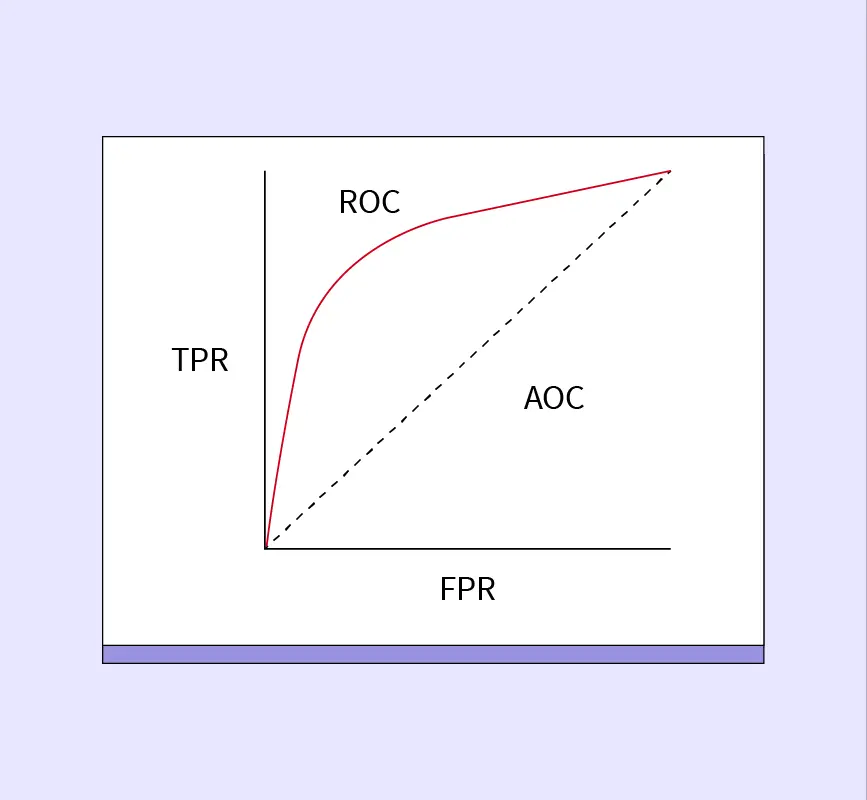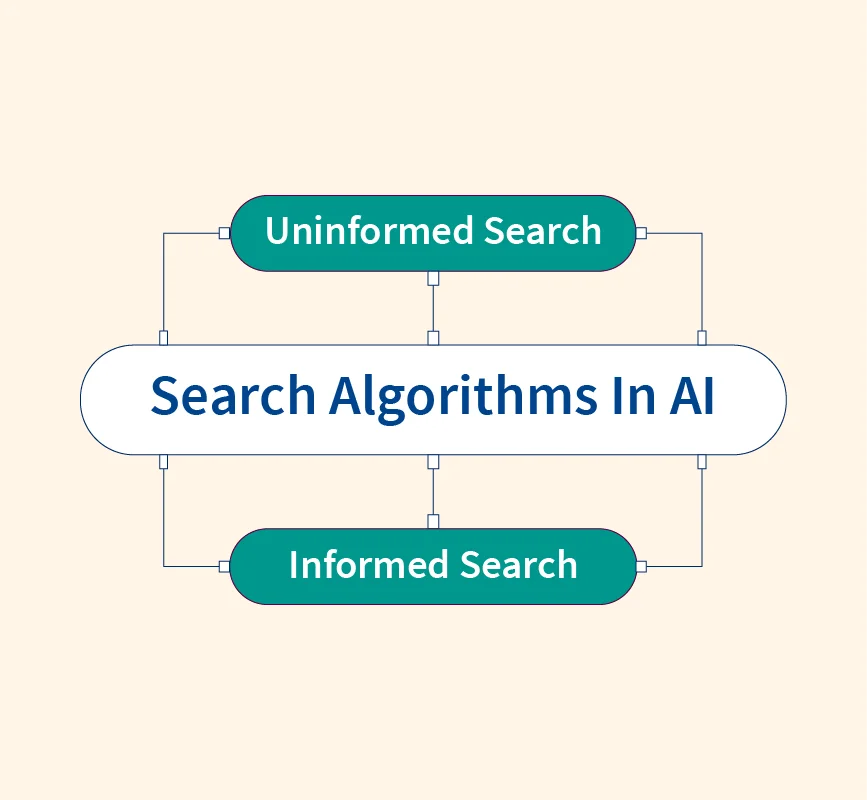Probabilistic reasoning is a fundamental approach in artificial intelligence (AI) that enables systems to handle uncertainty and make informed decisions. Unlike traditional logic-based reasoning, which operates on definite values, probabilistic reasoning assigns likelihoods to events, allowing AI to make predictions even with incomplete or noisy data. This method is crucial in real-world AI applications, where uncertainty is inherent, such as medical diagnosis, financial forecasting, and autonomous driving. By leveraging probabilistic models, AI systems can assess risks, optimize decision-making, and improve accuracy in uncertain scenarios, making probabilistic reasoning a cornerstone of modern AI development.
Why is Probabilistic Reasoning Important in Artificial Intelligence (AI)?
Artificial intelligence often deals with incomplete, ambiguous, or noisy data, making probabilistic reasoning essential for accurate decision-making. Traditional logic-based AI systems struggle with uncertainty, as they rely on deterministic rules. Probabilistic reasoning, on the other hand, allows AI to quantify uncertainty and make informed predictions.
For example, in medical diagnosis, AI-powered systems estimate the likelihood of diseases based on symptoms rather than providing absolute conclusions. Similarly, in financial forecasting, probabilistic models help predict stock market trends by analyzing past data and external factors. Autonomous systems, like self-driving cars, rely on probabilistic reasoning to assess road conditions and predict potential hazards. By incorporating probability-based approaches, AI becomes more adaptable, resilient, and capable of handling real-world complexities where absolute certainty is rarely achievable.
Key Concepts in Probabilistic Reasoning in Artificial Intelligence (AI)
Probabilistic reasoning in AI is built on various mathematical models that help quantify uncertainty. These models enable AI systems to make informed decisions based on available data. Below are some key concepts that play a crucial role in probabilistic reasoning.
Bayesian Networks
Bayesian Networks (BNs) are directed acyclic graphs that represent probabilistic dependencies among variables. Each node represents a variable, while edges define conditional dependencies. These networks help AI systems update beliefs when new data is introduced. Common applications include medical diagnosis, fraud detection, and recommendation systems, where probabilistic dependencies aid in making data-driven decisions.
Markov Models
Markov Models describe stochastic processes where the future state depends only on the present state, not past events. These models are widely used in AI for time-series forecasting, speech recognition, and robotics. For example, in weather prediction, Markov Models estimate future weather conditions based on current data, ignoring prior history beyond the immediate past.
Hidden Markov Models (HMMs)
Hidden Markov Models extend Markov Models by incorporating hidden (unobservable) states. They are essential in AI for sequence-based data processing. Speech recognition systems, for instance, use HMMs to map audio signals to words by estimating the probability of a specific word sequence. Similarly, HMMs are used in bioinformatics for gene sequence analysis.
Probabilistic Graphical Models
Probabilistic Graphical Models (PGMs) use graphs to represent probability distributions in complex systems. These models enable AI to efficiently handle multivariate dependencies. PGMs are widely applied in robotics, computer vision, and decision support systems, allowing AI to model uncertainties and make probabilistic inferences in high-dimensional data environments.
Techniques in Probabilistic Reasoning
Probabilistic reasoning in AI relies on several techniques to infer probabilities, update beliefs, and make predictions under uncertainty. These techniques are essential for decision-making in dynamic and complex environments.
Inference Techniques: Approximate vs. Exact Inference
Inference in probabilistic models helps determine the likelihood of certain outcomes given known data. Exact inference computes precise probabilities using algorithms like Variable Elimination. However, for complex models, approximate inference methods, such as Sampling and Loopy Belief Propagation, provide near-accurate results with reduced computational cost.
Bayesian Inference: Prior and Posterior Probabilities
Bayesian Inference is a core probabilistic reasoning technique where a prior belief (initial probability) is updated with new evidence to compute the posterior probability. This method is widely used in spam detection, medical diagnosis, and recommendation systems to refine predictions dynamically.
Monte Carlo Methods: Simulation-Based Approach
Monte Carlo methods use random sampling to estimate probabilities and model uncertainty. These methods are particularly useful in AI applications such as risk assessment, financial forecasting, and reinforcement learning.
Markov Chain Monte Carlo (MCMC): AI Applications
MCMC combines Markov Chains with Monte Carlo simulations to approximate probability distributions. It is frequently used in Bayesian networks and deep learning models to estimate parameters in high-dimensional spaces efficiently.
How Probabilistic Reasoning Strengthens AI Systems
Probabilistic reasoning significantly enhances AI systems by enabling them to handle uncertainty, learn from data, and make informed decisions. It allows AI models to weigh multiple possibilities and update their knowledge dynamically based on new evidence.
One of the key areas where probabilistic reasoning strengthens AI is decision-making. AI-powered systems use probability-based models to assess risks, predict outcomes, and optimize choices in uncertain environments. This is crucial in industries like finance, healthcare, and autonomous systems.
Probabilistic reasoning also plays a critical role in reinforcement learning. AI agents use probability distributions to determine the best actions in dynamic environments, leading to better adaptability and improved learning efficiency.
Additionally, probabilistic models enhance self-learning AI systems by enabling them to infer missing information and refine predictions over time. This makes AI more robust, efficient, and capable of handling real-world complexities.
Applications of Probabilistic Reasoning in AI
Probabilistic reasoning finds wide-ranging applications across various industries, improving decision-making, predictions, and overall system effectiveness. Below are some of the key applications:
Healthcare
In healthcare, probabilistic reasoning aids in disease diagnosis and medical predictions. By leveraging probabilistic models, AI systems can analyze symptoms, medical history, and test results to estimate the likelihood of a specific condition. This helps doctors make more informed decisions, especially when dealing with uncertain or incomplete data. Probabilistic reasoning ensures the accuracy and adaptability of medical AI tools.
Natural Language Processing
In Natural Language Processing (NLP), probabilistic reasoning enables tasks like speech recognition, language translation, and chatbot responses. Models like Hidden Markov Models (HMMs) help process ambiguous language input by evaluating the likelihood of various interpretations. This makes communication with machines more intuitive, allowing for contextual understanding and natural dialogue in voice assistants and chatbots.
Autonomous Vehicles
Probabilistic reasoning is central to autonomous vehicle decision-making. Self-driving cars use probabilistic models to assess real-time data, predict obstacles, and navigate uncertain environments. By weighing the likelihood of potential outcomes, AI-powered vehicles can make safer, more reliable decisions, such as identifying pedestrians, evaluating road conditions, and optimizing routes in unpredictable traffic situations.
Advantages of Probabilistic Reasoning
Probabilistic reasoning offers several key advantages, especially when dealing with uncertainty and incomplete information:
- Handles incomplete or noisy data effectively: Probabilistic models can process and make sense of missing or ambiguous data, providing more robust conclusions.
- Improves AI adaptability in uncertain scenarios: These models allow AI systems to adapt to changing conditions and make predictions despite limited knowledge.
- Enables real-time decision-making: With probabilistic reasoning, AI systems can process new information and update decisions in real-time, crucial for applications like autonomous vehicles and dynamic environments.
These advantages make probabilistic reasoning essential for creating smarter, more resilient AI systems.
Conclusion
Probabilistic reasoning plays a critical role in artificial intelligence by enabling systems to make decisions under uncertainty, improving their ability to predict outcomes in dynamic environments. By leveraging models like Bayesian networks and Markov chains, AI can handle incomplete, noisy, or ambiguous data more effectively. This approach not only enhances decision-making and adaptability but also empowers AI systems to learn from experience. As AI continues to evolve, probabilistic reasoning will be at the forefront, pushing advancements in fields like healthcare, autonomous vehicles, and natural language processing. The future of AI is uncertain, but probabilistic reasoning will help guide it


